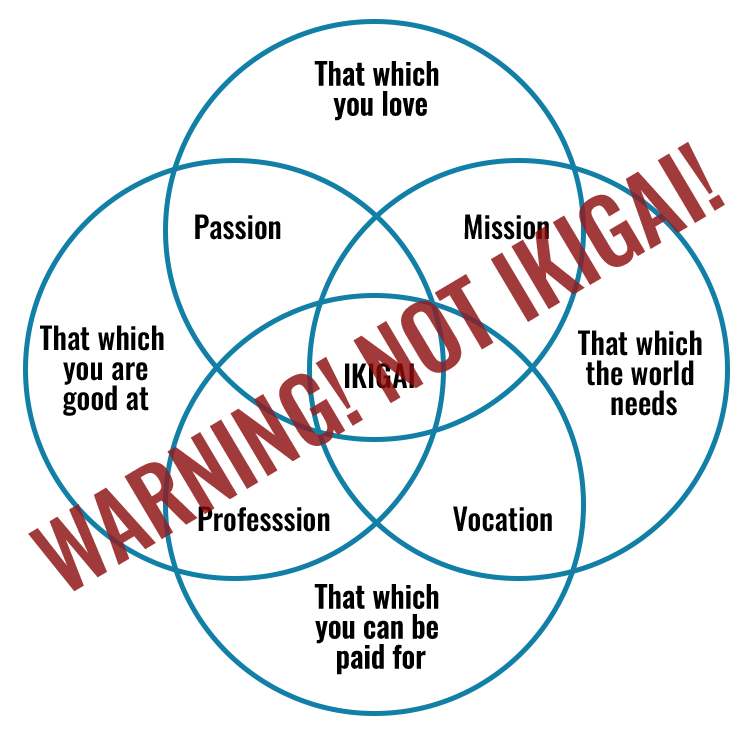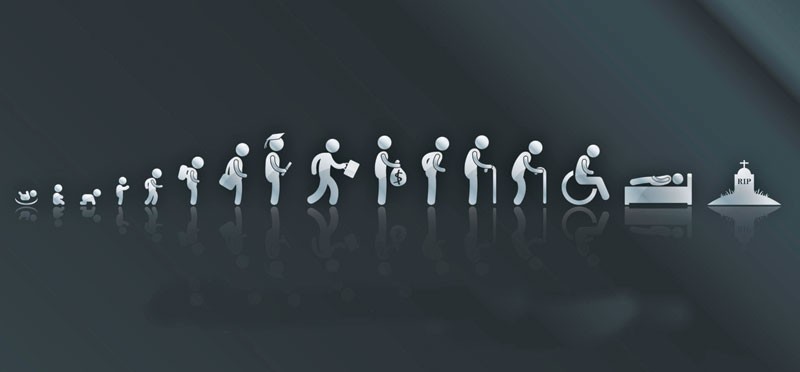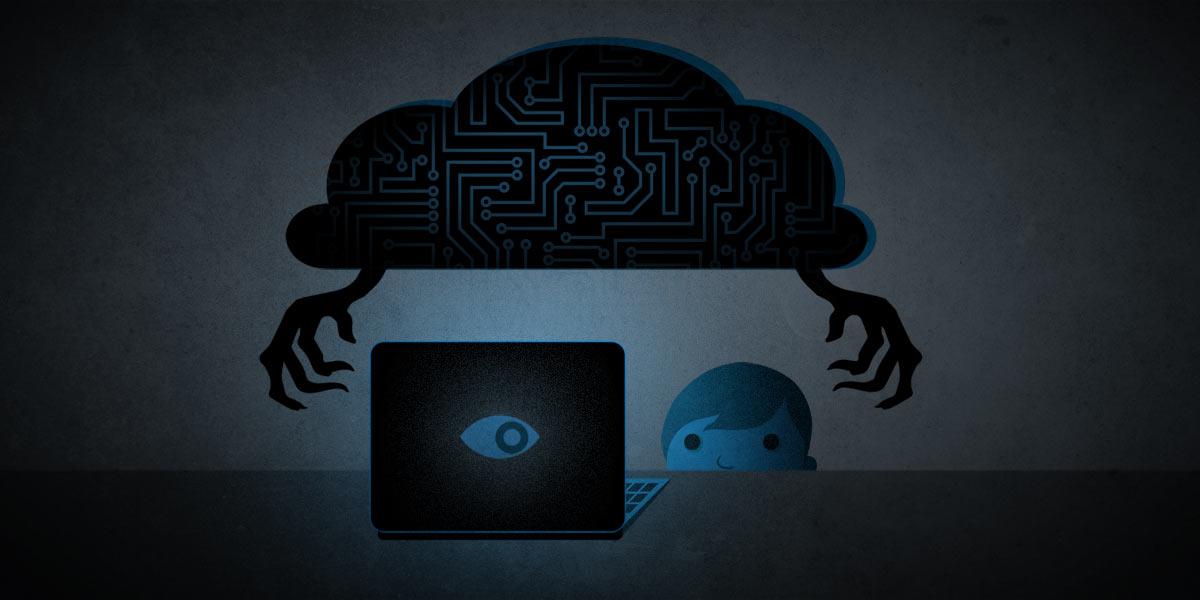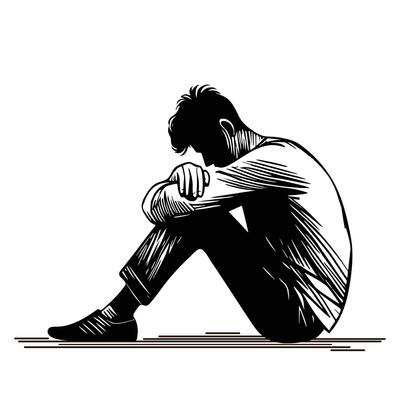In many of my recent posts, I’ve explored what it means to lead as a neurodivergent person within systems that weren’t built for us. How do we resist those systems—and, just as importantly, how do we create better ones? This line of thinking has grown more personal for me over time.
The question of purpose isn’t new—it’s something I’ve returned to again and again. In the past, this search led me to the Japanese concept of ikigai, and more recently, to the Greek idea of eudaimonia. Both have offered useful ways to frame what drives me and what a meaningful life might look like.
To make sure we’re all on the same page, let me briefly explain these ideas before sharing how they shape my ongoing journey.
What Ikigai Really Means
If you’ve seen ikigai before, it might have been in a neat Venn diagram:

But that image is a Western remix. In its Japanese cultural context, ikigai simply means “reason to wake up in the morning.” It’s not necessarily a grand mission—it could be as small as tending your garden, sharing breakfast with a friend, or finishing a chapter of a book you love. It’s personal, often humble, and rooted in the everyday.
What is Eudaimonia?
By contrast, eudaimonia is a concept from ancient Greek philosophy, often translated as “human flourishing” or “living well.” Aristotle used it to describe a life lived in alignment with virtue, personal growth, and fulfillment—not just momentary pleasure, but a sustained, values-driven way of being.
Where ikigai is about the spark that gets you out of bed today, eudaimonia is about building a life that keeps you aligned over the long run.
The Difference—and Why It Matters
The two ideas overlap but aren’t the same:
- Ikigai: The small joys and motivations that make life feel worth living in the moment.
- Eudaimonia: The ongoing practice of becoming your best self and living according to your values.
One is zoomed in. The other is zoomed out. Both matter – especially when you’re navigating uncertainty or recovering from burnout.
The Cost of Playing the Game
My career path was shaped by survival skills—masking neurodivergence, learning how to “perform,” and pushing toward senior titles in systems not built for difference.
- I mastered decks, abstract architectures, and KPIs.
- I built reputations and navigated volatility.
- On the surface – success. Underneath – quiet entropy.
That pattern cracked when life applied pressure – grief, depression, late-diagnosed ADHD. Suddenly, the internal firewall I’d built didn’t hold.
So the shift wasn’t toward a singular life purpose. It was toward noticing what made life feel worth starting over.
Sketching the Edges: Rituals and Fragments
I haven’t “found my purpose.” What I’ve discovered are recurring threads – fragments that feel meaningful in day-to-day practice:
- The impulse to protect people from harm.
- The paradox of thinking in infrastructure, feeling in relationships.
- A refusal to lead through dominance.
- A pull toward writing, teaching, connecting – even if it means slowing down.
Through the lens of ikigai, these are the small joys I look forward to in a morning.
Through the lens of eudaimonia, these are the patterns through which my life aligns with my values.
Following the Pull, One Ritual at a Time
I’m no longer chasing clarity. I’m experimenting with how daily practices align with the fragments I care about:
- Writing for neurodivergent leaders, sharing incremental ideas without the pressure of perfection.
- Designing human-centered systems using infrastructure thinking—for resilience, not relentless performance.
- Prototyping purpose-driven processes that marries infrastructure insight with neurodivergent-friendly care.
These feel like both ikigai in action and small steps toward eudaimonia.
If You’re Still Circling
Maybe you’ve walked away from a version of success that burned you out, and you’re not sure what comes next.
Here’s what’s helping me:
- Ikigai isn’t about epic clarity—it’s about something small that makes you glad to wake up today.
- Eudaimonia is the slow practice of living aligned with your values, even when the pieces don’t fully fit.
So, choose a morning act—clean your mug mindfully, revisit a sketch, or read something that lights just one neuron—and let it be enough for now.




